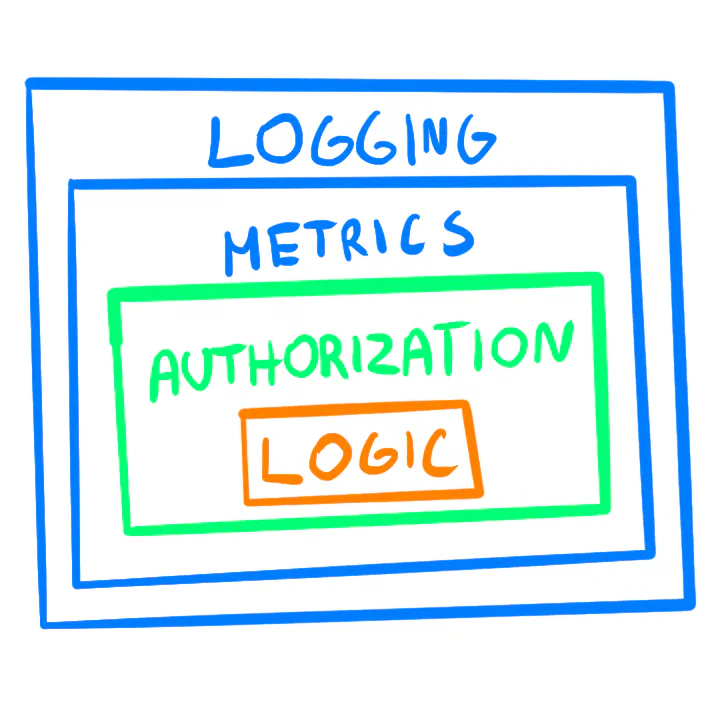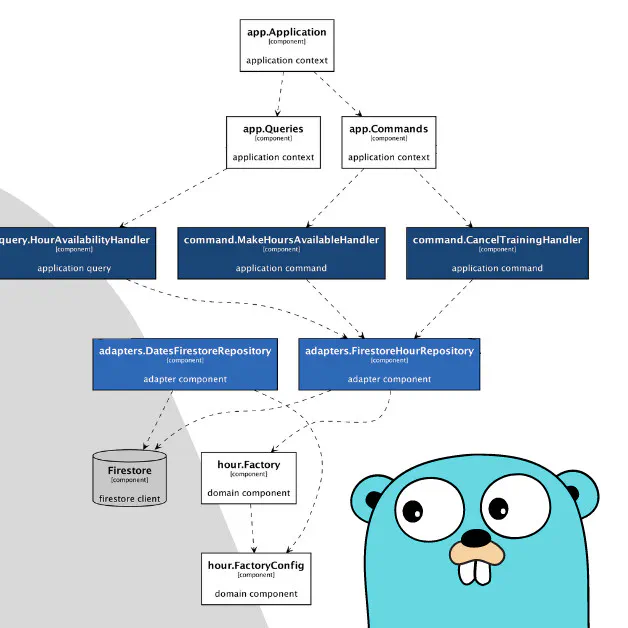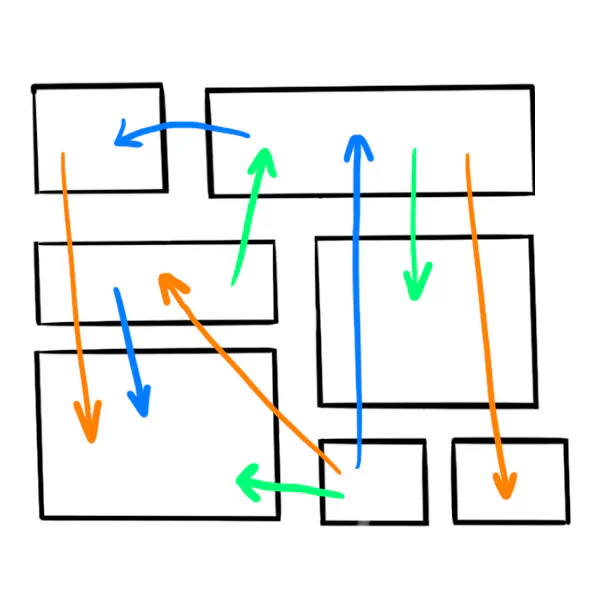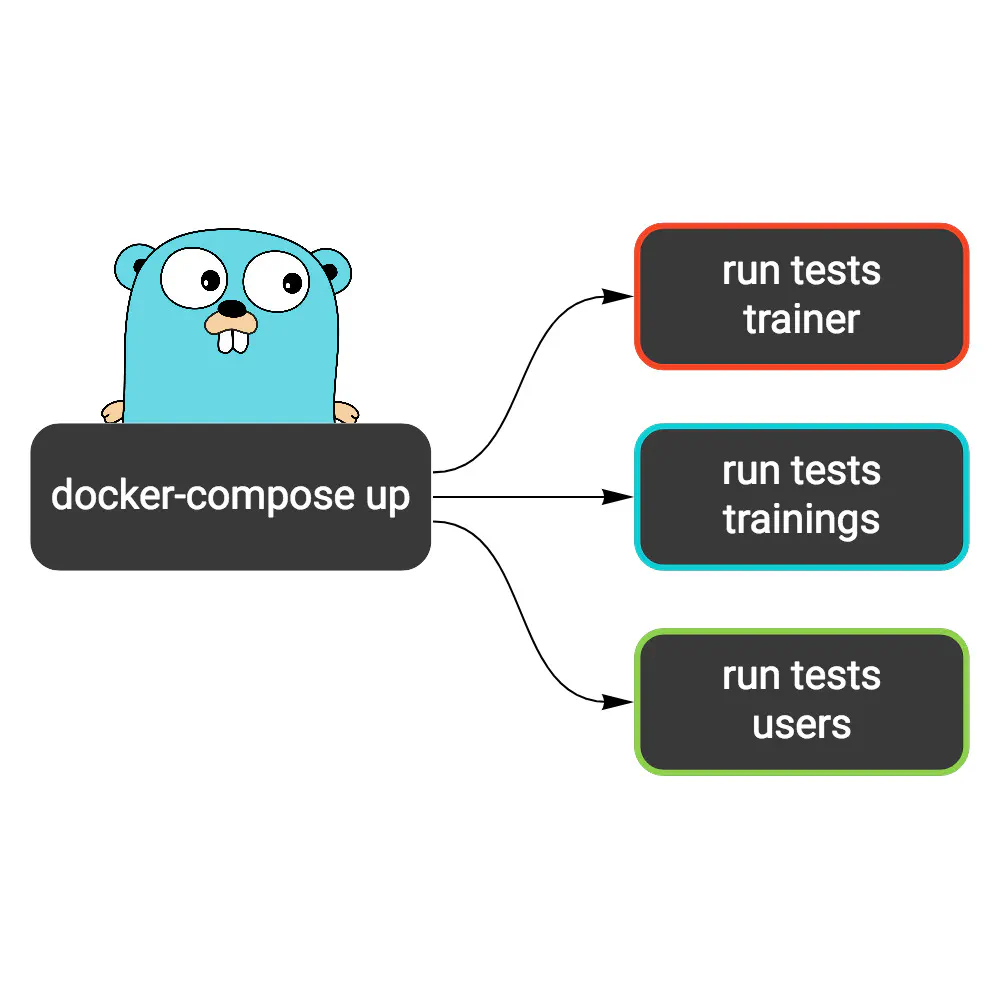Blog Posts
- Home /
- Blog Posts

Watermill v1.2 released
After almost three years since the last stable release, Watermill v1.2 is finally out! If you’re new here, Watermill is our open-source library for building event-driven applications in Go, the easy way. A lot has happened since v1.1. We’ve been running Watermill on production in many projects, using it in new ways and adding features to support new use cases. We also received a lot of feedback and contributions from the community.

The Go libraries that never failed us: 22 libraries you need to know
Did you have a situation when you lost a ton of time finding a Go library for your need? In theory, you can check lists like Awesome Go or make a choice based on GitHub stars. But Awesome Go contains over 2600 libraries, and popularity is not always the best indicator of library quality. I often thought that it would be great to have a place where I could find just the best and battle-tested libraries I could use in my project.

The Best Go framework: no framework?
While writing this blog and leading Go teams for a couple of years, the most common question I heard from beginners was “What framework should I use?”. One of the worst things you can do in Go is follow an approach from other programming languages. Other languages have established, “default” frameworks. Java has Spring, Python has Django and Flask, Ruby has Rails, C# has ASP.

Increasing Cohesion in Go with Generic Decorators
Cohesion is part of the low coupling, high cohesion principle that’s supposed to keep your code maintainable. While low coupling means few dependencies, high cohesion roughly translates to single responsibility. Highly cohesive code (a module or a function) is focused on a single purpose. Low cohesion means it does many unrelated things. I’ve written about coupling in the previous article on anti-patterns.

Auto-generated C4 Architecture Diagrams in Go
Note Hello! Please give Krzysztof a warm welcome in the first guest post on our blog. 🎉 We’ve been working with Krzysztof for the past two years, and we’re excited to share his work here. Miłosz & Robert We all struggle with software architecture diagrams, don’t we? Have you ever wondered why? If you ask yourself that question, why maintenance of up-to-date and detailed software architecture diagrams is so painful, you will come up with a long list of valid answers.

Safer Enums in Go
Enums are a crucial part of web applications. Go doesn’t support them out of the box, but there are ways to emulate them. Many obvious solutions are far from ideal. Here are some ideas we use that make enums safer by design. iota Go lets you enumerate things with iota. const ( Guest = iota Member Moderator Admin ) Full source: github.

Common Anti-Patterns in Go Web Applications
At one point in my career, I was no longer excited about the software I was building. My favorite part of the job were low-level details and complex algorithms. After switching to user-facing applications, they were mostly gone. It seemed programming was about moving data from one place to another using existing libraries and tools. What I’ve learned so far about software wasn’t that useful anymore.

Software Dark Ages
A couple of years ago, I worked in a SaaS company that suffered from probably all possible issues with software development. Code was so complex that adding simples changes could take months. All tasks and the scope of the project were defined by the project manager alone. Developers didn’t understand what problem they were solving. Without an understanding the customer’s expectations, many implemented functionalities were useless.

Running integration tests with docker-compose in Google Cloud Build
This post is a direct follow-up to Microservices test architecture where I’ve introduced new kinds of tests to our example project. Wild Workouts uses Google Cloud Build as CI/CD platform. It’s configured in a continuous deployment manner, meaning the changes land on production as soon as the pipeline passes. If you consider our current setup, it’s both brave and naive. We have no tests running there that could save us from obvious mistakes (the not-so-obvious mistakes can rarely be caught by tests, anyway).

Repository secure by design: how to sleep better without fear of security vulnerabilities
Thanks to the tests and code review, you can make your project bug-free. Right? Well… actually, probably not. That would be too easy. 😉 These techniques lower the chance of bugs, but they can’t eliminate them entirely. But does it mean we need to live with the risk of bugs until the end of our lives? Over one year ago, I found a pretty interesting PR in the harbor project.
Series
Popular articles
- The Go libraries that never failed us: 22 libraries you need to know
- Safer Enums in Go
- Common Anti-Patterns in Go Web Applications
- How to implement Clean Architecture in Go (Golang)
- The Repository pattern in Go: a painless way to simplify your service logic
- Introduction to DDD Lite: When microservices in Go are not enough
Tags
- go
- golang
- watermill
- ddd
- clean-architecture
- domain-driven design
- events
- web-applications
- anti-patterns
- event-driven
- software-development
- ci
- firestore
- architecture
- cloudrun
- gcloud
- googlecloud
- serverless
- testing
- advanced
- databases
- devops
- firebase
- gitlab
- microservices
- reactive
- repository
- backend
- basics
- building-business-applications
- building-in-public
- cqrs
- frameworks
- kafka
- mysql
- nats
- pipelines
- scalability
- software-architecture
- transactions
- amqp
- authentication
- balance
- bounded-context
- c4
- cicd
- code-quality
- code-review
- design-patterns
- diagrams
- docker
- dry
- e-book
- efficiency
- enums
- event-storming
- gamedev
- generics
- google-cloud
- grpc
- htmx
- intermediate
- iteration
- javascript
- learning
- libraries
- maintainability
- metrics
- monolith
- open-source
- openapi
- over-engineering
- overengineering
- parallelism
- productivity
- programming-languages
- prometheus
- pull-requests
- python
- rabbitmq
- retrospective
- security
- sql
- sse
- startups
- strategic-ddd
- swagger
- terraform
- tips
- unpopular-opinions
- versioning